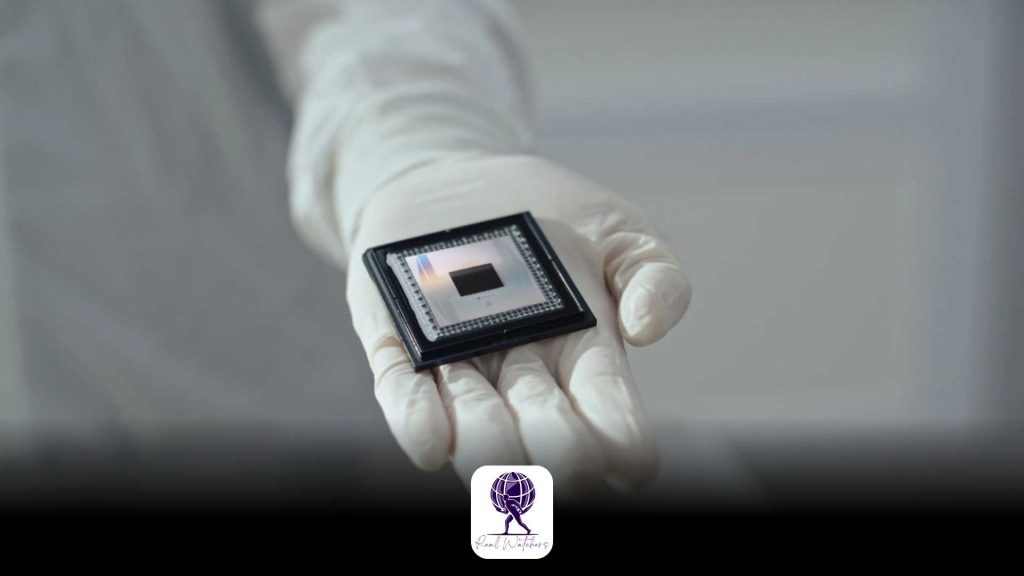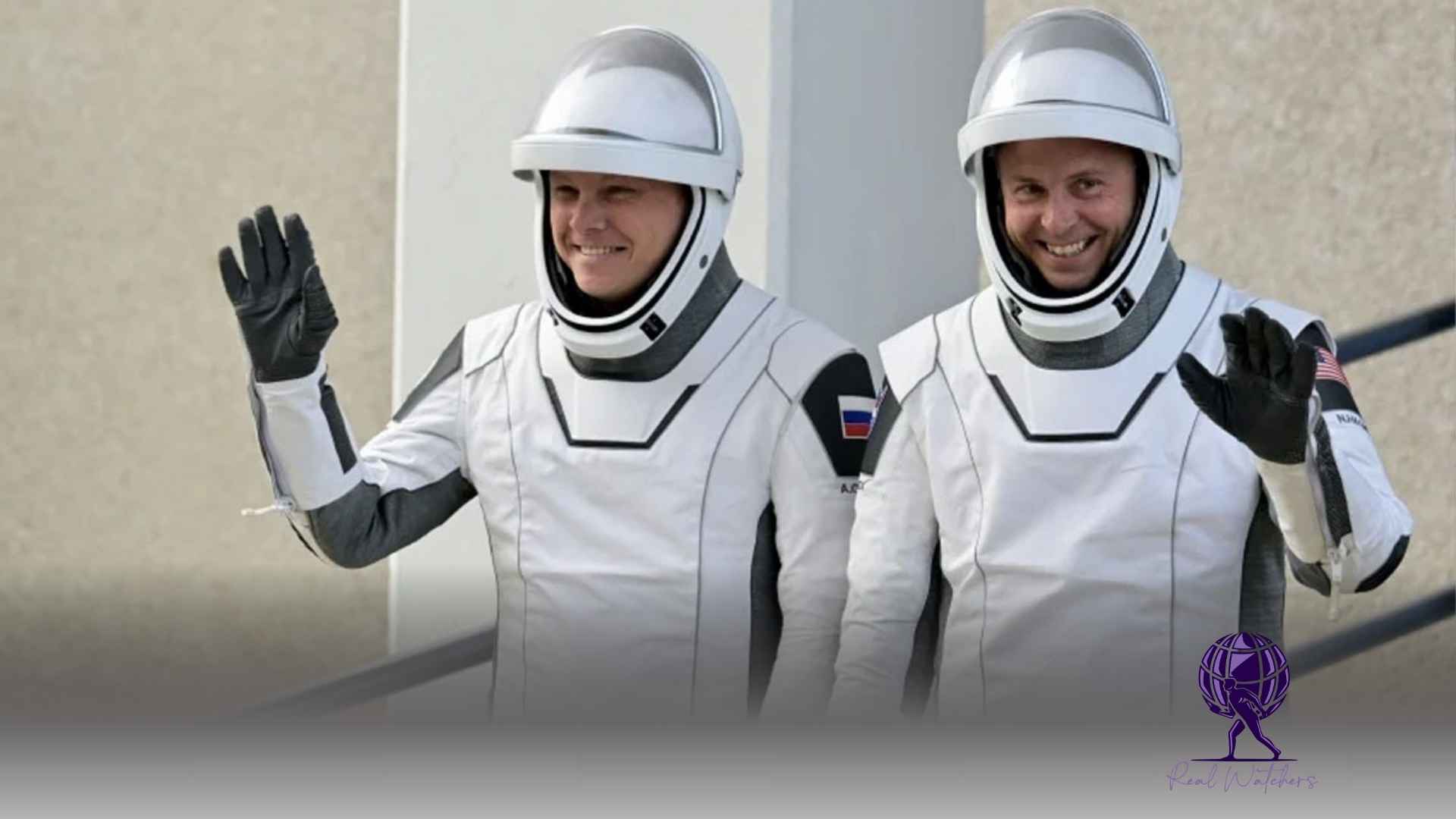Google has introduced a groundbreaking chip that the company asserts can resolve a complex problem in just five minutes. This task would otherwise require the world’s fastest supercomputers, which would take an astonishing ten-seven million years to accomplish.
The chip represents a significant advancement in quantum computing, a discipline striving to harness the principles of particle physics to develop an entirely new class of extraordinarily powerful computers.
Google has announced its latest quantum chip, Willow, which features significant advancements and is said to lay the groundwork for the development of a practical, mass-market quantum computer.
Experts indicate that Willow remains a predominantly experimental device at this stage, suggesting that a quantum computer capable of addressing a broad spectrum of real-world challenges will still be several years and billions of dollars away.
The perplexing issue of quantum mechanics
Quantum computers operate on principles fundamentally distinct from those of the devices found in your phone or laptop.
Quantum mechanics, characterized by the peculiar behavior of minuscule particles, is being leveraged to solve complex problems at a pace that surpasses that of conventional computers.
There is optimism surrounding the potential of quantum computers to significantly accelerate intricate processes, including the development of new pharmaceuticals.
Concerns are mounting regarding the potential misuse of this technology, particularly its ability to compromise specific encryption methods that safeguard sensitive information.
In February, Apple revealed plans to enhance encryption and safeguard iMessage conversations, aiming to render it “quantum proof” to prevent potential access by advanced quantum computers in the future.
Hartmut Neven heads Google’s Quantum AI lab, the team behind the development of Willow, and identifies as the project’s “chief optimist.”
In a statement to the BBC, he indicated that Willow would be utilized in various practical applications, though he refrained from offering further details.
However, he stated that a chip capable of executing commercial applications will likely emerge by the end of the decade.
Initially, these applications are set to simulate systems where quantum effects play a crucial role.
“The design of nuclear fusion reactors, the functioning of drugs, pharmaceutical development, and the advancement of car batteries are all interconnected areas where relevant knowledge can drive significant progress.”
Comparing apples and oranges
Mr Neven stated to the BBC that Willow’s performance had been hailed as the most advanced quantum processor constructed thus far.
Professor Alan Woodward, a computing expert at Surrey University, asserts that while quantum computers will outperform current “classical” computers in various tasks, they are not poised to replace them entirely.
He cautions that the significance of Willow’s accomplishment in a single test should not be exaggerated.
“One must exercise caution when making fundamentally different comparisons,” he stated in an interview with the BBC.
Google selected a specific problem as a performance benchmark that was ideally suited for a quantum computer. However, this choice did not showcase universal acceleration when juxtaposed with classical computers.
He stated that Willow marked a notable advancement, especially in the area of error correction.
The utility of a quantum computer is directly correlated to the number of qubits it possesses.
Nonetheless, a significant issue with the technology lies in its susceptibility to errors, a tendency that has historically escalated with the increasing number of qubits on a chip.
Google researchers have announced a significant breakthrough. They have successfully engineered and programmed a new chip that reduces the error rate throughout the system as the number of qubits increases.
Mr. Neven asserts that it represents a significant breakthrough in addressing a critical challenge that has been the field’s focus for nearly three decades.
He told the BBC that it was akin to “having an aeroplane with just one engine—that may function, but two engines provide greater safety, and four engines offer even more security.”
Errors pose a considerable challenge in the quest for more advanced quantum computers. Prof. Woodward noted that recent developments are “encouraging for everyone striving to build a practical quantum computer.”
Google acknowledges that for the advancement of practically useful quantum computers, the error rate must significantly decrease from the levels currently exhibited by Willow.
Willow was produced at a newly established manufacturing facility in California, specifically designed by Google for this purpose.
Across the globe, nations are channeling resources into the development of quantum computing technology.
The United Kingdom has officially inaugurated the National Quantum Computing Centre (NQCC).
The director, Michael Cuthbert, expressed to the BBC his concerns regarding language exacerbating the “hype cycle,” suggesting that Willow should be viewed as a “milestone rather than a breakthrough.”
Nonetheless, it was undeniably a remarkable achievement.
According to his statement, quantum computers are poised to assist with various tasks, including logistics challenges like distributing cargo freight on aircraft and routing telecommunications signals or stored energy across the national grid.
The UK is home to 50 quantum businesses that have successfully attracted £800 million in funding and provide employment for 1,300 individuals.
On Friday, a collaborative team of researchers from Oxford University and Osaka University in Japan released a paper highlighting the remarkably low error rate observed in a trapped-ion qubit.
Their methodology for developing a quantum computer aims to achieve functionality at room temperature, contrasting sharply with Google’s chip, which requires ultra-low temperatures to operate effectively.








